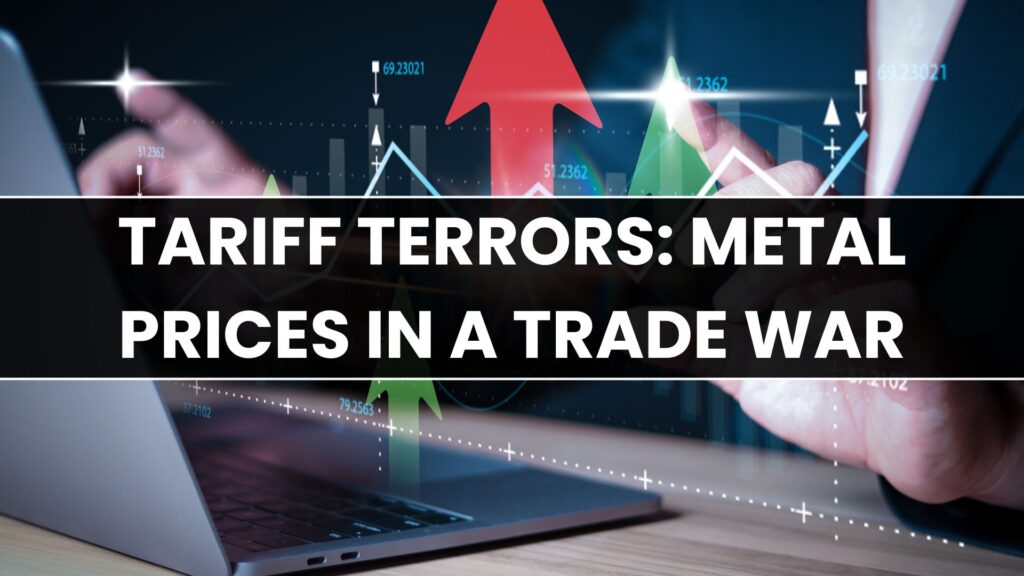
President-elect Donald Trump’s proposed tariffs on imports from Canada and Mexico, set at 25%, are stirring significant concerns among analysts regarding their effects on metal prices. According to Bank of America (BofA), these tariffs could have a “nuanced impact,” leading to both direct and indirect consequences for the metals market.
Concerns Raised by Tariffs
BofA identifies two main issues with the proposed tariffs. First, they might negatively affect global economic growth and the fundamentals of metal pricing, especially if these tariffs escalate into a broader trade war. However, the bank remains hopeful that a more targeted approach to trade barriers could mitigate overall damage. Second, the prices of metals will likely need to adjust regionally in response to these tariffs. The impact will differ depending on whether metals are priced domestically or on global exchanges like the London Metal Exchange (LME). While physical contracts for base metals typically reference LME prices and do not factor in tariffs, U.S. consumers will still face higher regional premiums due to these duties.
| DATE | COPPER (Tones) | Change (Tones) | ALUMINIUM (Tones) | Change (Tones) | ZINC (Tones) | Change (Tones) |
| 02-01-2025 | 271350 | -50 | 634650 | -4500 | 234100 | -800 |
| 03-01-2025 | 269800 | -1550 | 630150 | -4500 | 230325 | -3775 |
| 06-01-2025 | 268650 | -1150 | 626775 | -3375 | 229150 | -1175 |
| 07-01-2025 | 267150 | -1500 | 624275 | -2500 | 224525 | -4625 |
| 08-01-2025 | 265700 | -1450 | 621775 | -2500 | 220525 | -4000 |
Regional Pricing Effects
For instance, commodities that are priced regionally, such as hot rolled coil, will see direct price increases due to tariffs. Since the introduction of a 25% tariff on steel imports in 2018, U.S. domestic steel prices have been trading at a premium of up to 80% compared to European prices. This trend indicates that American manufacturers may face increased costs, which could ultimately be passed on to consumers.
Broader Economic Implications
BofA warns that these tariffs could lead to broader economic challenges, including a stronger dollar, rising inflation, and increased interest rates. Such outcomes could complicate the economic landscape for the U.S. However, they also predict that once initial volatility settles down, metal prices may stabilize—especially if tariffs remain targeted and investments in energy transition continue.
In summary, while the proposed tariffs may initially disrupt metal pricing and pose risks to the economy, there is potential for stabilization if managed carefully.
Technical Outlook: Copper Price

As can see in charts, copper seems positive, as fundamentals and technical both supports the prices for upside movement, Above 824 target seems up to 835—840 and support intact at 810—795.
Also Today an earthquake of magnitude 5.63 has struck the Qinghai region of China. The impact of the earthquake was quite strong. Earthquake news is being received from China for the second consecutive day. If the earthquake occurs near a mining or metal refining hub, production may stop. Most of the copper is produced in the Qinghai region, if there is a disruption in production or supply chain, then there may be a surge in the prices of base metals in the global market.
Until then, Happy Trading!
Commodity Samachar Securities
We Decode the Language of the Markets
Also Read: Gold Prices Struggle to Shine Amid Strong US Economic Data , Crude Oil Surge: What’s Behind the Supply Surprise?
Recommended Read: 2024 G20 Summit: Did It Deliver on Market Expectations?
Want Help On Your Trades ?
Chat with RM